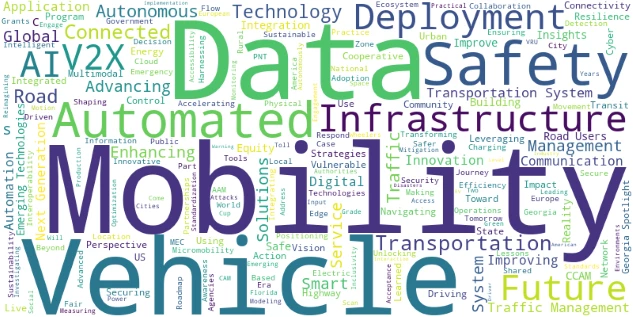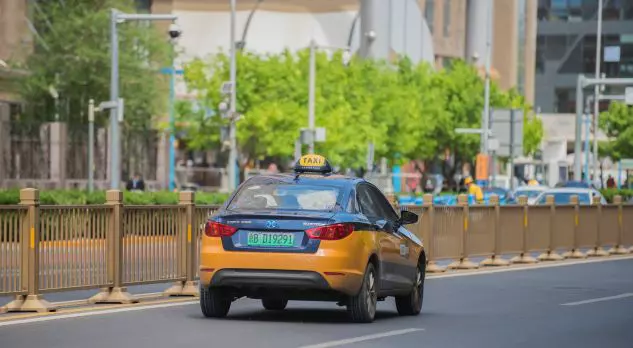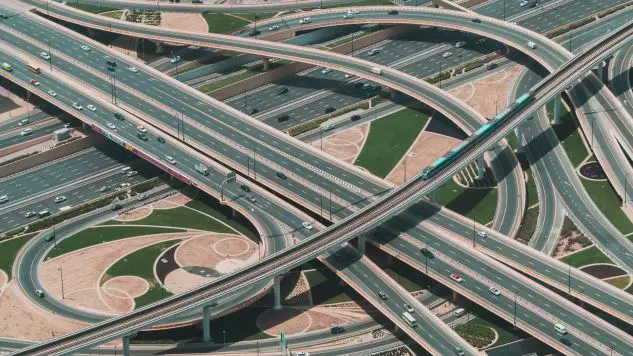From Our Partners
Signal Control China Club Explores Hong Kong’s Smart Transport Systems
Provided by our media partner 7ITSNews On September 26, 2025, the Signal Control China Club organized a study visit to Hong Kong, with support from ITS Hong Kong, AECOM, and Shenzhen Urban Transport Planning & Design Center Digital Technology. The…
New Rules Reshape Serbia Pellet Market and Quality Standards

The article explores how new rules are reshaping the Serbia pellet market, setting unified standards for quality, safety, and transparency. Only top-quality A1 and A2 wood pellets are now allowed on the market, while B-class products are banned. The regulation is expected to strengthen local producers, improve competitiveness, and support the transition to sustainable heating solutions.
Read MoreNew Rules Reshape Serbia Pellet Market and Quality StandardsGuangzhou’s Innovative Practice: The Mixed Traffic Lane Mode

Guangzhou has pioneered the Mixed Traffic Lane Mode as an innovative response to rising electric bicycle use and limited road space. By merging motorized and non-motorized traffic within designated lanes, the model improves traffic order, enhances safety, and optimizes urban mobility. Early results from pilot projects show reduced congestion, safer conditions, and more efficient use of road resources, positioning this approach as a scalable solution for dense urban environments.
Read MoreGuangzhou’s Innovative Practice: The Mixed Traffic Lane ModeA New Political Climate – Will Poland Maintain Its Renewable Energy Momentum?
This news is provided by our media partner Energetski Portal. In recent months, Poland held presidential elections in which Karol Navrocki, a conservative candidate skeptical of the EU’s climate policy, emerged as the winner. His rise to power has raised…
The 31st ITS World Congress: The V2X Frenzy Is Beyond Words

V2X technology dominated ITSWC 2025, highlighted by the U.S. DOT’s large-scale showcase and Utah’s real-world deployment across 800 intersections. While widely demonstrated in OBU/RSU development and smart infrastructure, truly innovative breakthroughs remained limited.
Read MoreThe 31st ITS World Congress: The V2X Frenzy Is Beyond WordsShenzhen Sets a New Benchmark for Cruising-Network Synergy with China’s First Smart Taxi Platform

Shenzhen has unveiled “SZ Sit in Taxi,” China’s first smart taxi platform, setting a new global benchmark for Cruising-Network Synergy. By merging AI, data-driven dispatch, and scenario-based services, it transforms the taxi sector into a more transparent, efficient, and human-centered mobility ecosystem for both passengers and drivers.
Read MoreShenzhen Sets a New Benchmark for Cruising-Network Synergy with China’s First Smart Taxi PlatformIs “Highways and Low-Altitude” a Viable Business Model?

The integration of China’s highway infrastructure with the growing low-altitude economy offers a cost-effective way to expand transport capacity. By converting underused service areas into drone hubs, upgrading navigation systems, and coordinating energy networks, the model can improve logistics efficiency, strengthen emergency response, and reduce emissions. This approach promises significant economic returns and social value, provided that policy, technology, and community engagement advance in step. The article is provided by our media partner 7ITSNEWS.
Read MoreIs “Highways and Low-Altitude” a Viable Business Model?